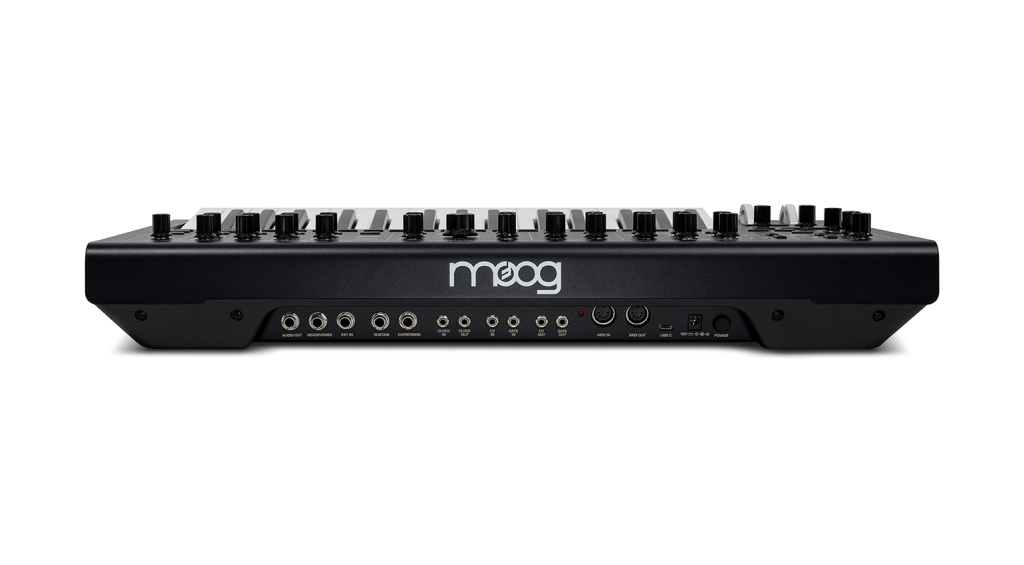Moog Messenger: Moog’s Next-Gen Analogue Monosynth Redefines Classic Sound

Introducing the Moog Messenger
The Moog Messenger has arrived, blending Moog’s legendary analogue sound with fresh, innovative features tailored for today’s musicians. As synthesizer enthusiasts look for instruments that balance tradition and forward-thinking design, the Moog Messenger stands out as one of 2025’s most anticipated releases.
Design Meets Legacy
The Moog Messenger is engineered with the performer in mind. Sporting a compact three-octave, semi-weighted keyboard, this monosynth is portable yet robust. Moog has a rich lineage of iconic instruments, and the Messenger pays homage to classics like the Minimoog and Grandmother while pushing boundaries with new synthesis capabilities.
One highlight is its hands-on interface—every function is accessible directly via dedicated knobs, inviting creativity. Musicians can instantly shape the sound without tedious menu navigation.
Advanced Synthesis Features
At the heart of the Moog Messenger are dual voltage-controlled oscillators. Each oscillator offers continuously variable waveshapes, including classic pulse and sawtooth, as well as a unique wavefolding feature inspired by West Coast synthesis. This innovative wavefolding capability, seen in other Moog models like the Mavis and Labyrinth, lets you create harmonically rich and metallic textures that extend beyond traditional Moog tones. For further depth, a sub-oscillator with variable shapes is included.
A standout upgrade is the "next-generation" ladder filter. Unlike previous Moog filters, the Messenger’s filter offers not just 4-pole lowpass, but also 2-pole lowpass, bandpass, and highpass modes. The resonance bass compensation switch allows high resonance settings without sacrificing low-end power, so your patterns remain full and present in the mix.
For a detailed breakdown of its synthesis architecture, check out Gearnews's first look at the Moog Messenger.
Creative Modulation and Performance Tools
Sound shaping is enhanced with two loopable ADSR envelopes and two LFOs. One LFO offers variable shapes and sync options, while the other is hardwired to the mod wheel for expressive modulation. This flexibility encourages both beginners and seasoned synth players to experiment with evolving textures and dynamic performances.
The built-in 64-step sequencer and multi-mode arpeggiator make composing patterns and melodies intuitive. With up to 256 presets on board, users can save and recall favorite settings effortlessly.
Connectivity and Integration
The Moog Messenger doesn’t compromise on connectivity. It provides MIDI in/out via both five-pin DIN and USB-C, plus six CV patch points for external sequencing, clocking, or integration with a modular setup. Want to process your drum machine or another synth through the Messenger’s filter? Just connect via its external audio input!
If you're curious about how the Messenger compares to Moog’s previous monosynth offerings and clones, Wallpaper offers valuable insights into its market positioning.
Honoring Moog's Heritage While Looking Forward
Moog’s design team set out to deliver an instrument that is true to Dr. Robert Moog’s legacy but also welcomes a new generation of music creators. This philosophy is evident in the Messenger’s user-friendly interface and comprehensive feature set. As MusicRadar highlights, the aim was to combine Moog’s celebrated sound with modern innovations, making analog synthesis more accessible than ever.
Conclusion: The Future of Classic Analog Synthesis
The Moog Messenger is more than just another monosynth; it is an evolution of the classic Moog ethos. Portable, powerful, and packed with creative options, it is designed for everyone—from newcomers to seasoned professionals.
Are you ready to explore the next chapter in Moog’s storied journey? Dive deeper by exploring official reviews and real-world demos, and experience how the Moog Messenger could elevate your sound.